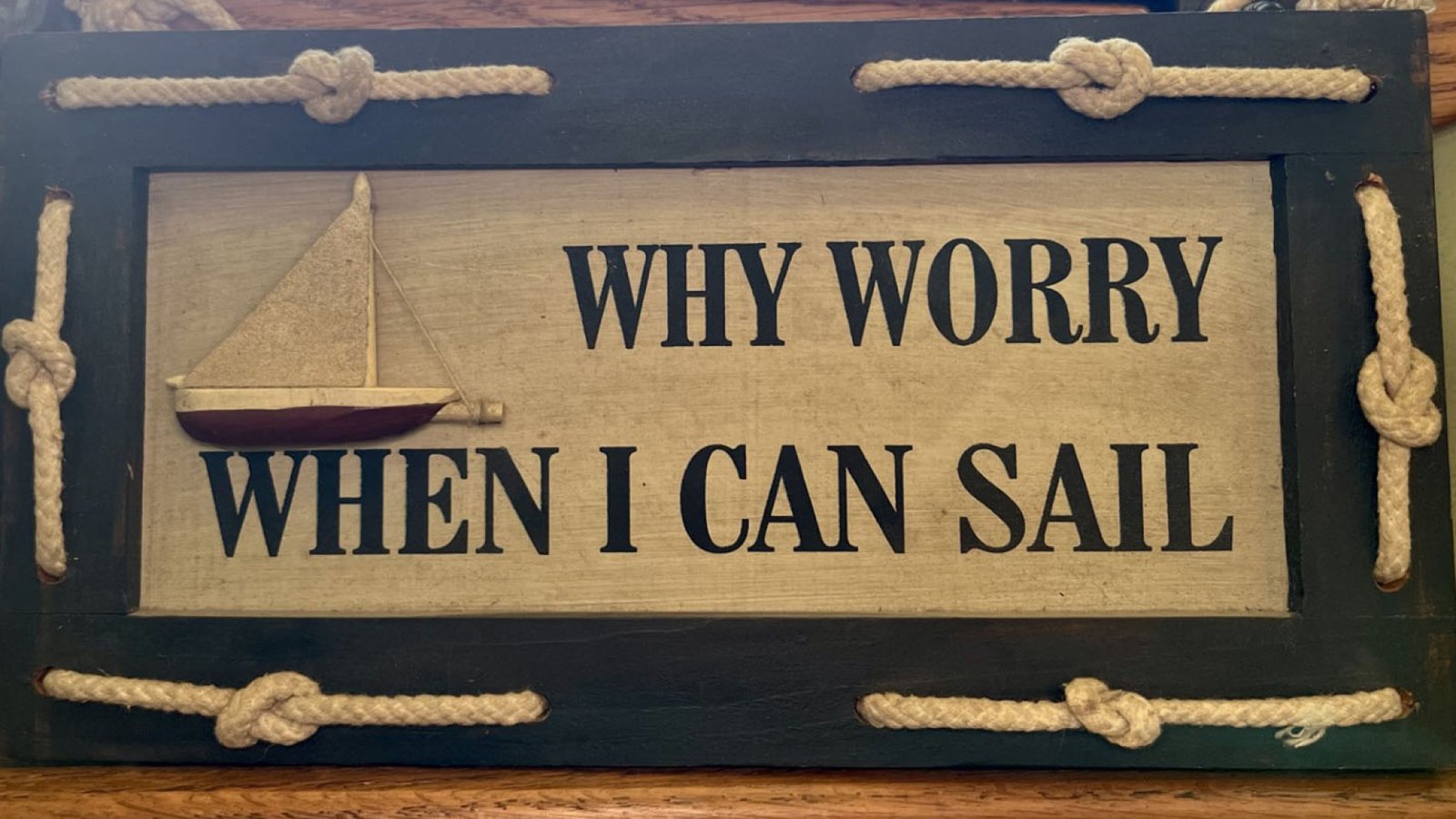September 26, 2025
As I type this entry, we’re already hugging the western Newfoundland coast. Hard to believe—it’s been just three weeks since we left the ice and cold of the Passage, but they’ve easily been the longest three weeks of the entire trip. Nothing broke, nothing failed, and yet this stretch still managed to make me, the ship’s engineer, a little twitchy. Maybe it was the endless cold, maybe it was the long miles of motoring, or maybe it was my brain fixating on visions of warmth, sunlight, and coffee shops with little tables sitting in the sunshine.
We had far more light winds than forecast in the Baffin Sea, which meant a lot more engine time than expected. That also meant fuel became the main character in my mental drama. Fortunately, Labrador’s coastal villages came through—fuel trucks, friendly locals, and the occasional sigh of relief in Nain when our tanks got topped off.
Mechanical Report Card
One Ocean has been an excellent platform for exploring the Northwest Passage, though my nerves sometimes disagreed. This was easily the most stressful leg for me. Why? Because heaters are non-optional when you don’t like being cold (spoiler: I don’t). The autopilot, quirky as always, stuck with us for thousands of miles. And the Yanmar engine and transmission purred without complaint, even after days on end of 1,600+ NM of mostly motoring. That’s a relief, since ice, headwinds, and three different gale systems all had us ducking into bays under power rather than sail.
At sea, I live by the motto taped to my own boat: “Why worry when I can sail?” But in the Arctic? Let’s just say that one got put to the test. If the watermaker had quit, we had an extra tank of water. If the heater had failed, we’d have layered up and used the generator/electric heater but it would have been miserably cold/uncomfortable. But an engine/mechanical failure in the high latitudes? Yikes.
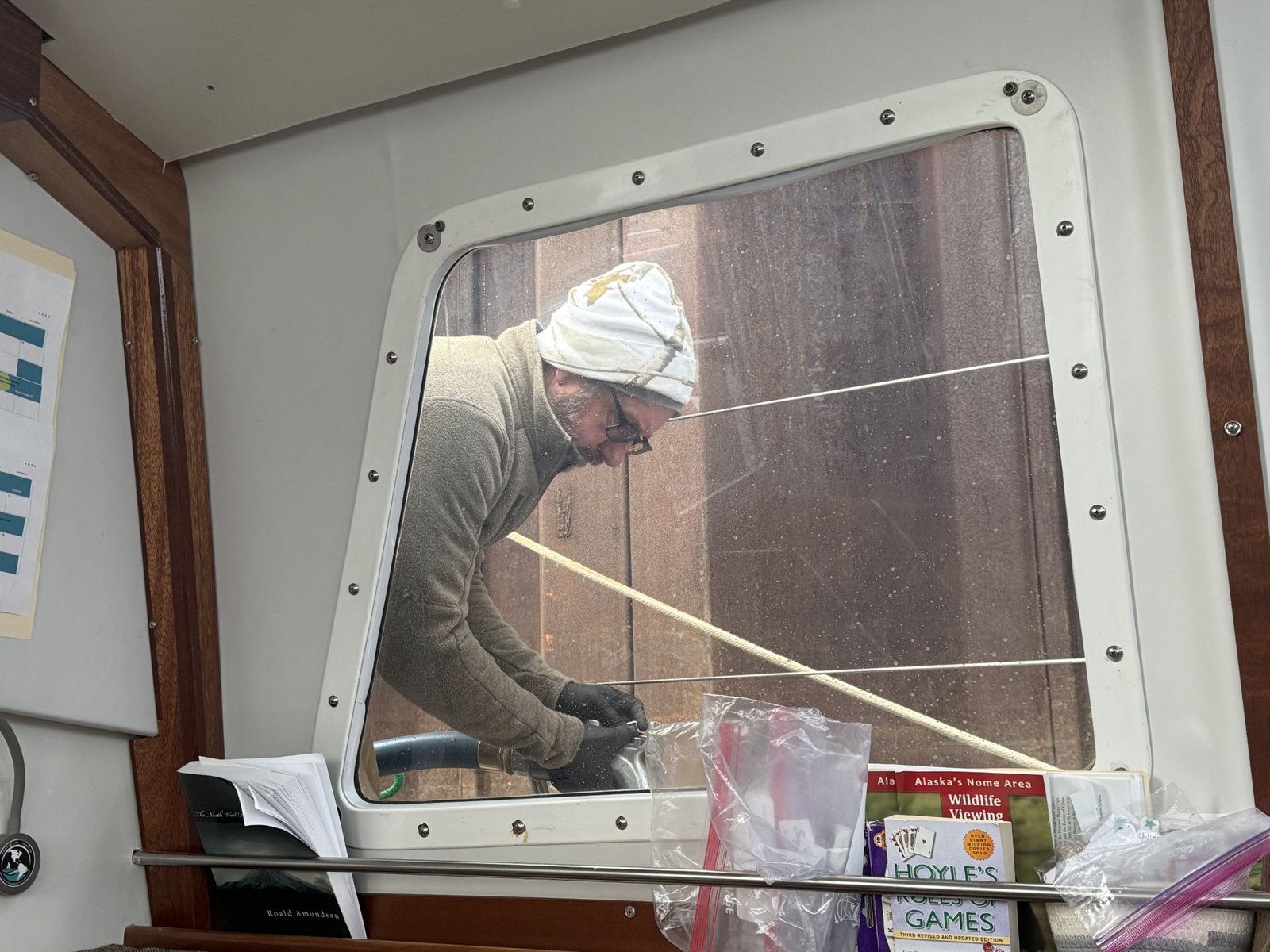
Fuel Math (a.k.a. How to Keep an Engineer Awake at Night)
The math nerd in me couldn’t help running fuel range calculations on loop. Best case, we had 1,300–1,400 miles in the tanks. Our passage? Over 1,800 miles. That’s the sort of arithmetic that keeps your stomach in knots, even on calm seas. We motor-sailed whenever possible, grabbed a few short sailing stints, and thankfully rode some favorable currents to stretch our diesel. Still, it was a nail-biter.
At Pond Inlet, the fuel truck showed up with a nozzle sized for commercial ships—think “garden hose vs. fire hydrant.” Miraculously, it fit just enough to get the job done. At every fill up from these big trucks, I filled the tanks slowly, very slowly, but always managed to top tanks without spilling a drop. (I may add “master fuel whisperer” to my résumé.)
Stats for the curious: For parts of at the end of the NW Passage, time was tight and we increased RPM’s often to 1750. 756 NM, 150 gallons burned, 113 engine hours. That’s 1.32 gallons per hour—pretty solid for a boat this size.
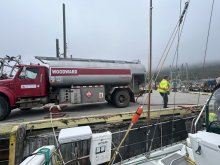
Comparisons with Ocean Watch (2009/2010 Expedition)
Back in 2009/2010, Ocean Watch—heavier, longer, and powered by a six-cylinder John Deere—had burned over 1,700 gallons by this point. Our smaller One Ocean, at six-knot life pace, is clocking in at 35–40% less fuel. Slower maybe, but far more efficient. Bonus: better insulation, less generator time, and a cozier boat.
Speaking of generators, Ocean Watch had over 300 hours on theirs by Pond Inlet. One Ocean? Just over 100. That’s a 66% reduction thanks to the upgraded electrical system designed by the Skagit Valley College Marine Tech team. Less wear, less fuel, less noise, less carbon footprint. That’s a win all around.
Repairs & Highlights
- Image
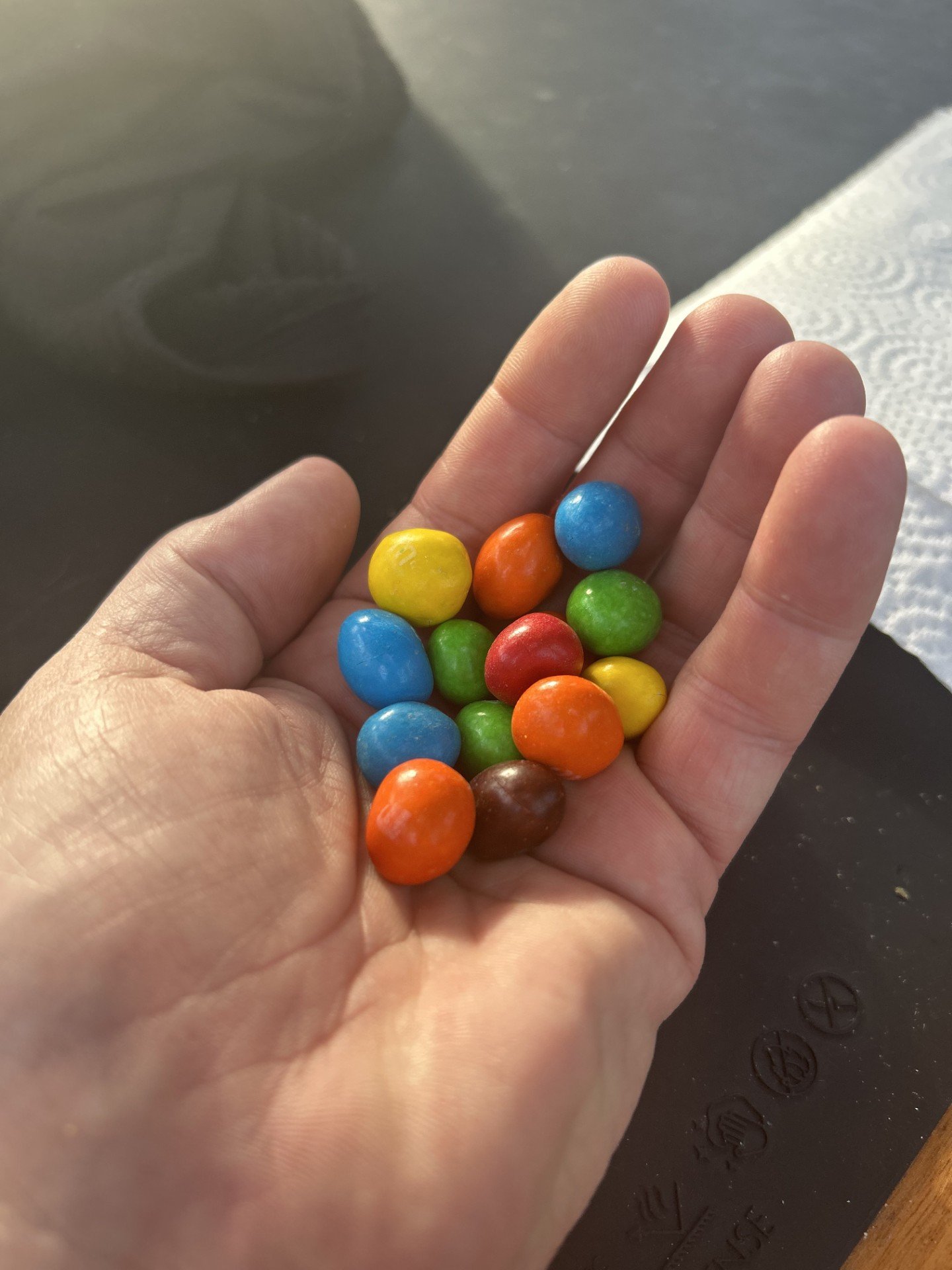 My favorite snack while on watch
My favorite snack while on watch - Rigging: Temporary toggle fix worked beautifully; permanent replacement installed with a spare on hand.
- Engine: Yanmar diesel, take a bow. Nearly 1,000 hours this trip, over 9,000 total, still running like a champ. With luck, it’ll give us another 1,000–1,500 before retirement back in Anacortes.
- Hurricane Heater: Never missed a beat and kept the cabin warm and dry!
- Snacks: We had plenty of my favorite Peanut M&M’s for the entire passage
What’s Next
We’ll be making more stops in Newfoundland and Nova Scotia, starting presentations and virtual classes, and—We’ll be elbows-deep in oil changes, boat cleaning, and routine maintenance. But hey, the boat’s happy, the crew’s happy, and the engineer is finally warming up again.
Life is good.
Cheers,
Mike
